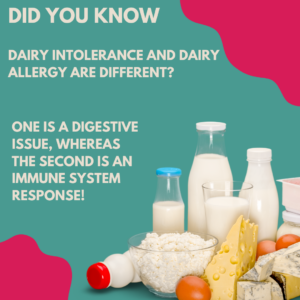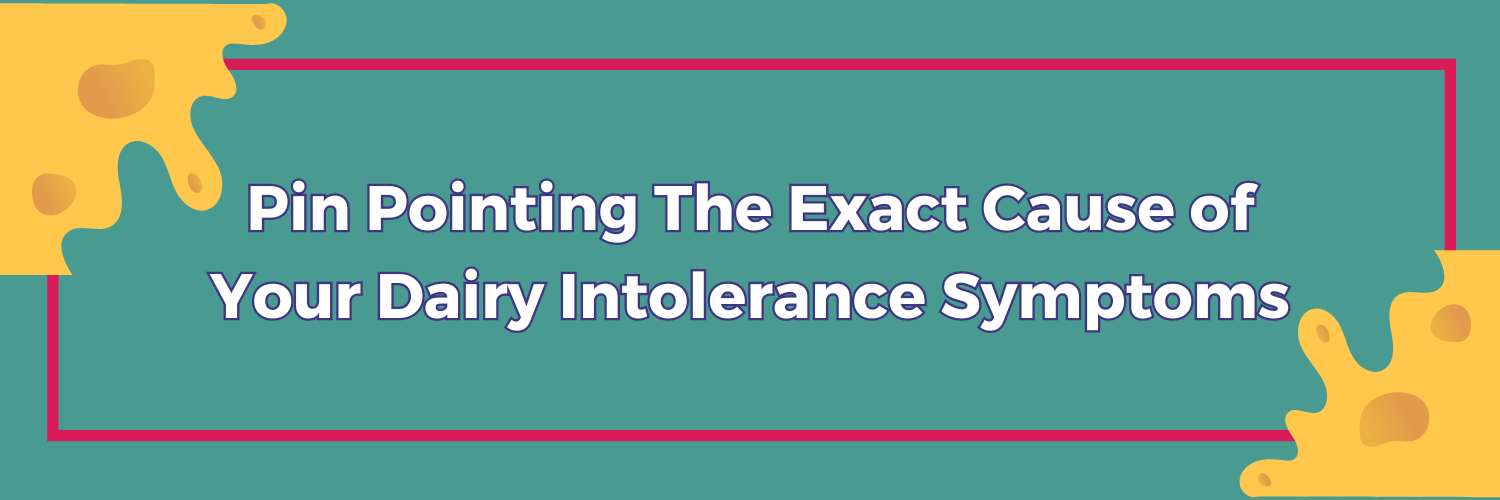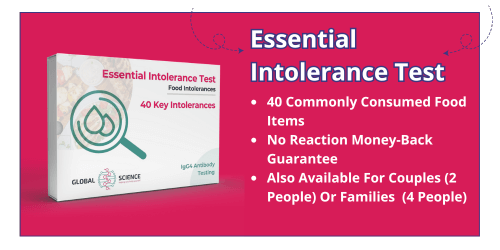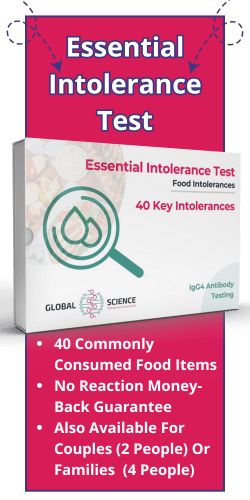Many people struggle to eat dairy products. Some people know that dairy is a problem for them, and others are new to the world of dairy intolerance. Some find that dairy becomes an issue as they age, whereas childhood was fine. Regardless of which category you fall into, why not take a few moments to learn about this common intolerance? We’ll also discuss how to pinpoint what causes your dairy intolerance symptoms. This is a great step to do before and after intolerance testing so everyone can benefit!
A quick recap on dairy intolerance
Dairy intolerance is also known as lactose intolerance. Both intolerances refer to when you aren’t able to digest dairy products. This is due to not having the digestive enzyme for dairy! There is often confusion about dairy intolerance and dairy allergy. One is a digestive issue, whereas the second is an immune system response!
What are common problem foods with dairy intolerance?
After getting intolerance testing, many people find out that ridding their diet of problem foods can lead to many surprising discoveries. There are many foods and problem ingredients containing dairy that seem surprising. Some of the most surprising examples include:
- Sherbet
- Instant potatoes
- Chocolate
- Flavoured crisps (certain types)
These foods contain small traces of lactose and dairy. These small amounts can be enough to set off dairy intolerance symptoms. You might not notice a reaction to eating small amounts of these if you have mild or moderate intolerances. Everyone is different.
What is the worst cause of dairy intolerance?
So, now that we’ve covered some of the strangest causes of dairy intolerance let’s learn about the most likely culprits to your dairy intolerance symptoms. There are three problems that can trigger uncomfortable, painful symptoms, including the following:
Milk
For most people, milk is easy to guess. After all, it is the strongest dairy-containing product. Some people can tolerate different strengths of dairy. For example, drinking 2% or 3% milk in small doses may cause strong dairy intolerance symptoms. However, drinking small amounts of skim milk may be doable. If so, this is a great way to get your required vitamins and calcium. Milk tolerance is often learned by experience and changes throughout life. You can also consider switching to an alternative milk, such as almond milk or soy milk! Many of these are fortified.
Ice cream
Since ice cream has so much milk and cream, most people can guess it is bad. Many people also find that even small amounts of dairy ice cream can cause problems with digestion. The high sugar content doesn’t help, either! Since sherbet or frozen yoghurt isn’t safe unless prepared with a dairy alternative, what can you have for a nice treat? A lactose-free ice cream is a great option, since it contains the required enzyme to digest it. You can often find alternative products that state they are dairy-free and produced with oat milk, almond milk, etc.
Processed cheeses
Did you know that most natural cheese is safe for those with dairy intolerance to eat? This is because it is made using fermented milk, making it easier for those with intolerances to eat. While it can still cause negative reactions in large amounts, it’s nice to know that many people can enjoy cheese in its natural form.
The problem for most people is going to be with processed cheese products. These are the ones that come in liquid form or in individually wrapped packaging for sandwich toppings. While convenient and affordable, they contain many additives such as milk or whey. These additives can cause digestive problems for those with dairy intolerance!
Eating a proper diet with dairy intolerance
Perhaps some of these surprised you, or maybe they didn’t. Regardless, you’ll want to consider intolerance testing if you want to learn more about your digestive needs. Since food intolerances are challenging to diagnose, having the proper test can give you an essential starting point to change your diet. Working with a nutritionist can help you learn more about triggering foods and how to meet your health needs daily and long-term. The key to a better future, when it comes to your dinner table, is through testing.
It’s reassuring to know that you can pinpoint the cause of your dairy intolerance symptoms when living with dairy intolerance. The right information does help you get a headstart on understanding what’s going on with your own body. From there, you can move into a food-related future that is safe, comfortable, and knowledgeable in all the best ways.






